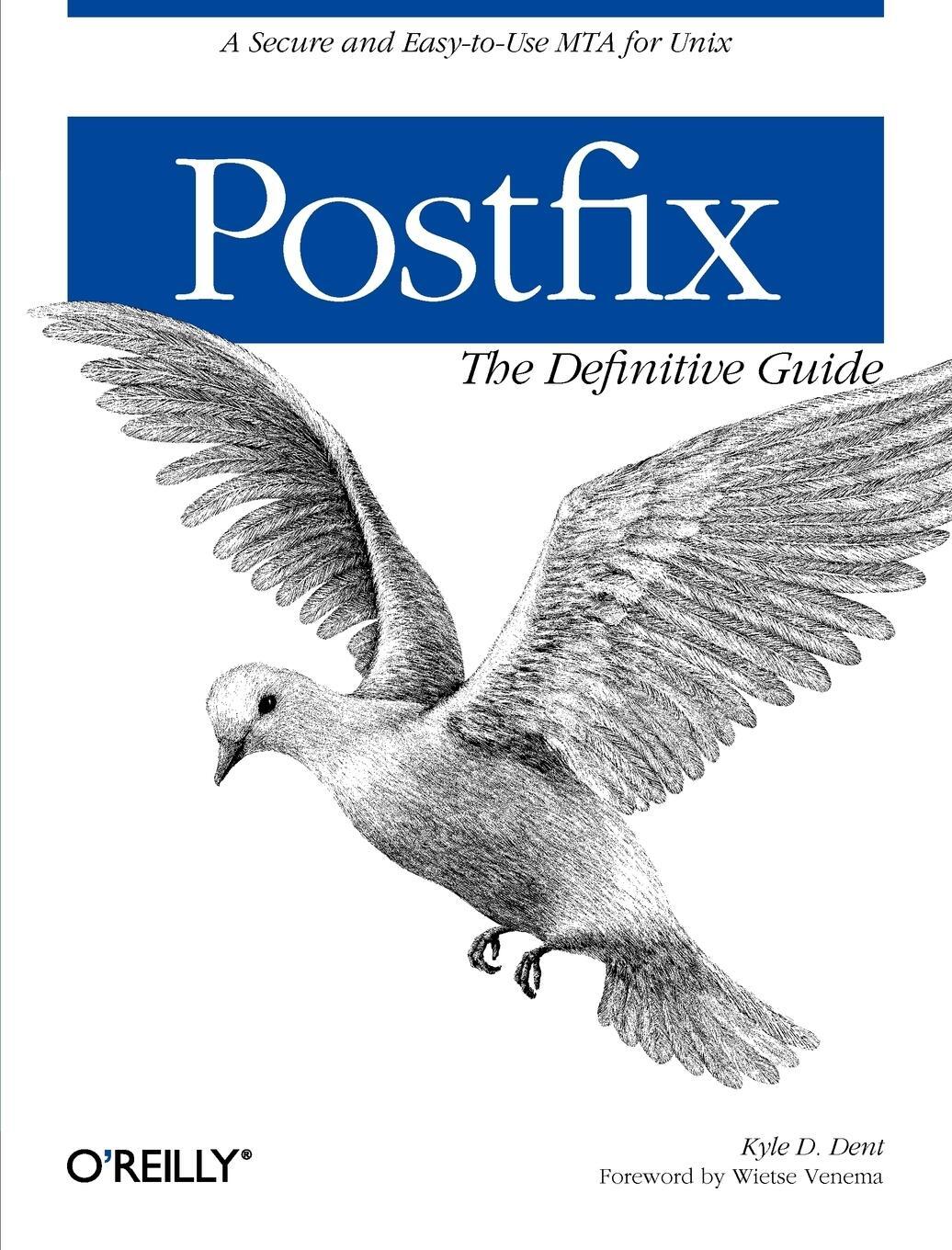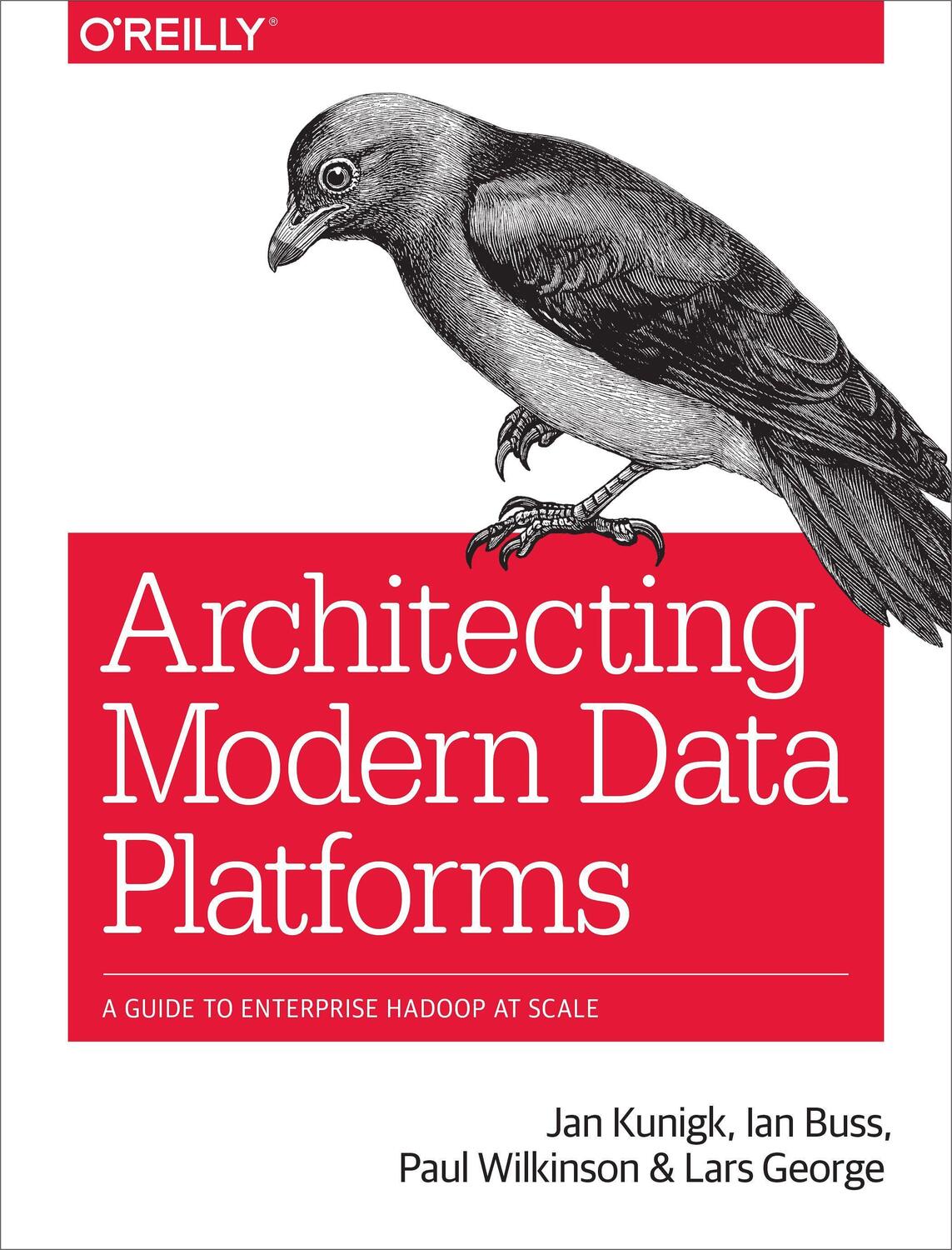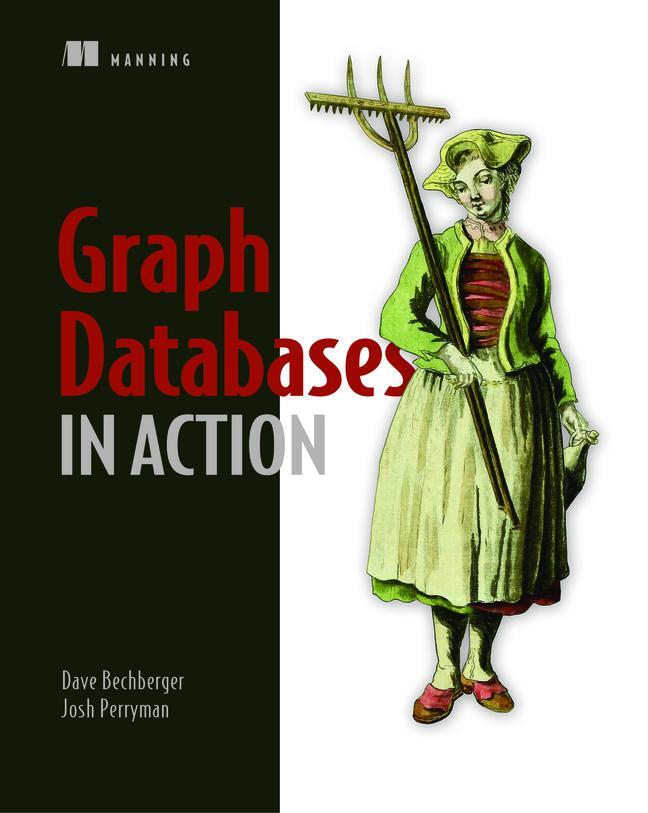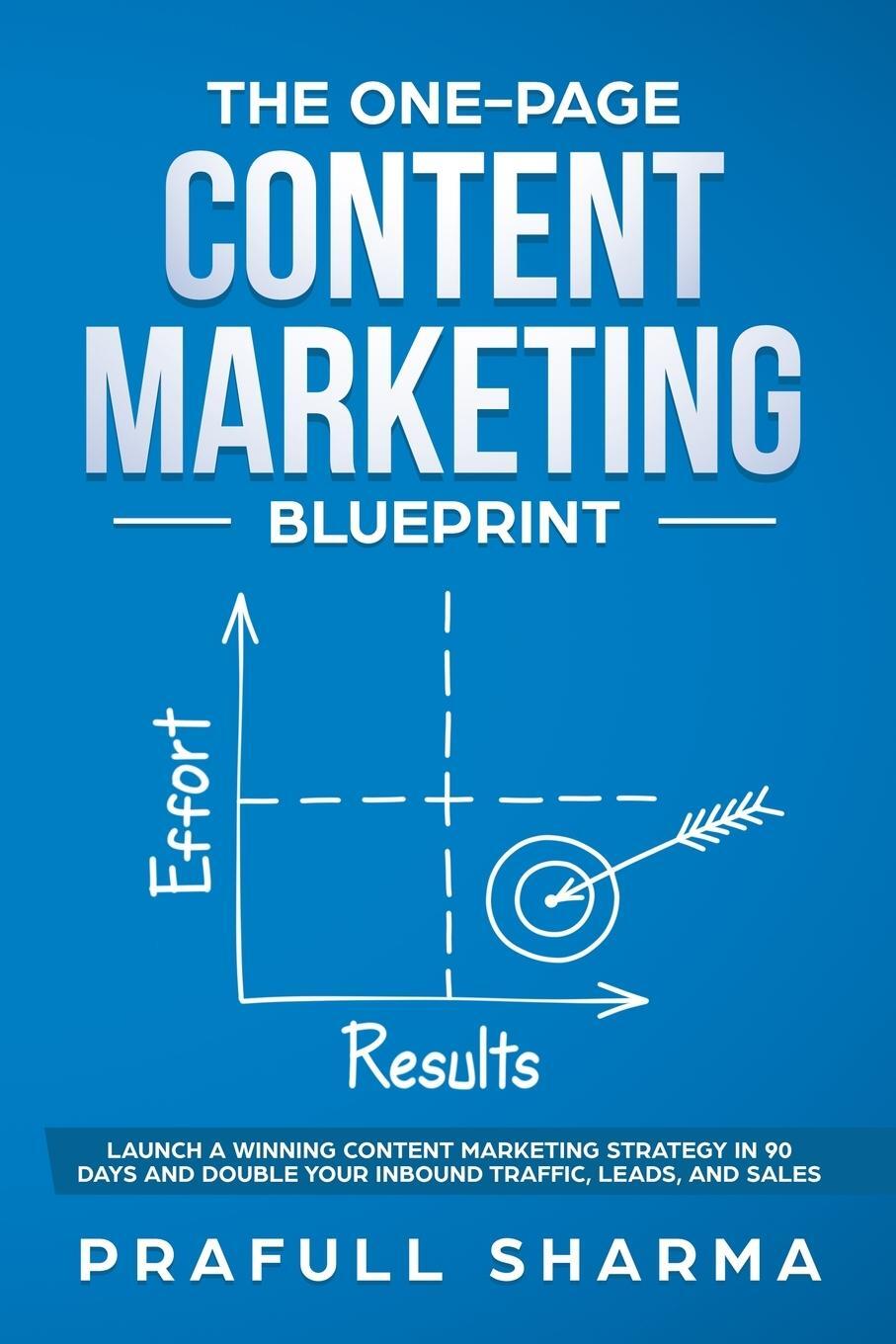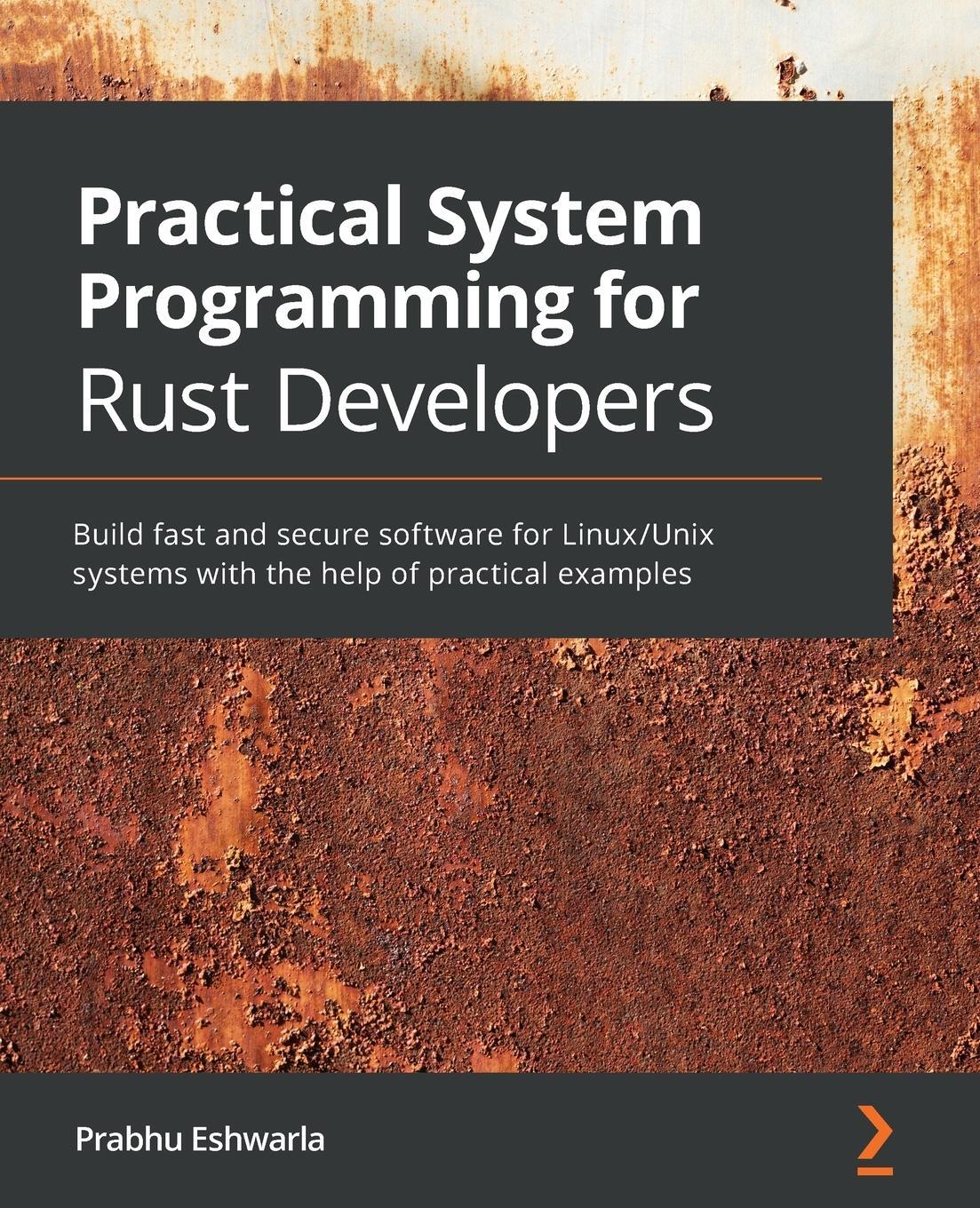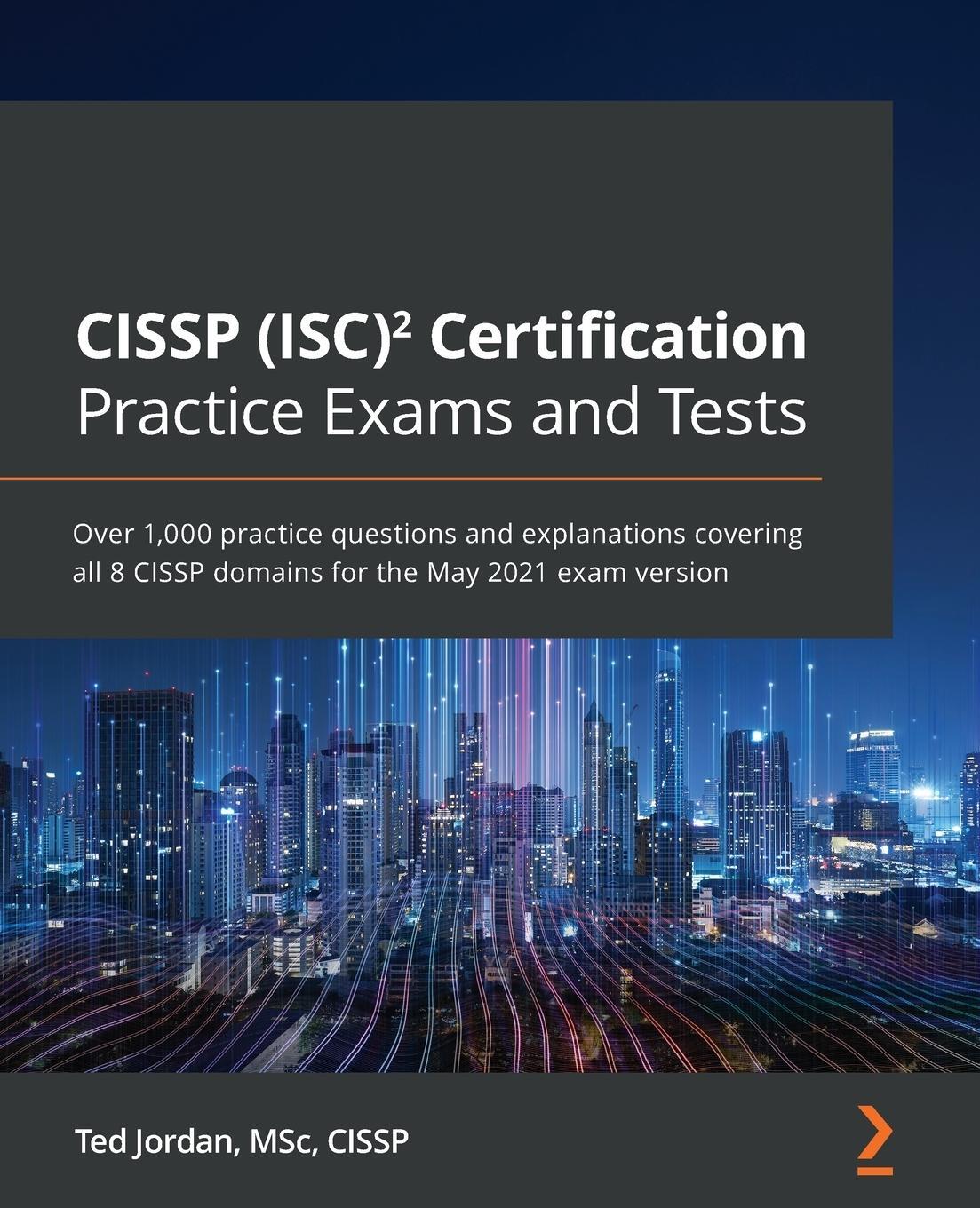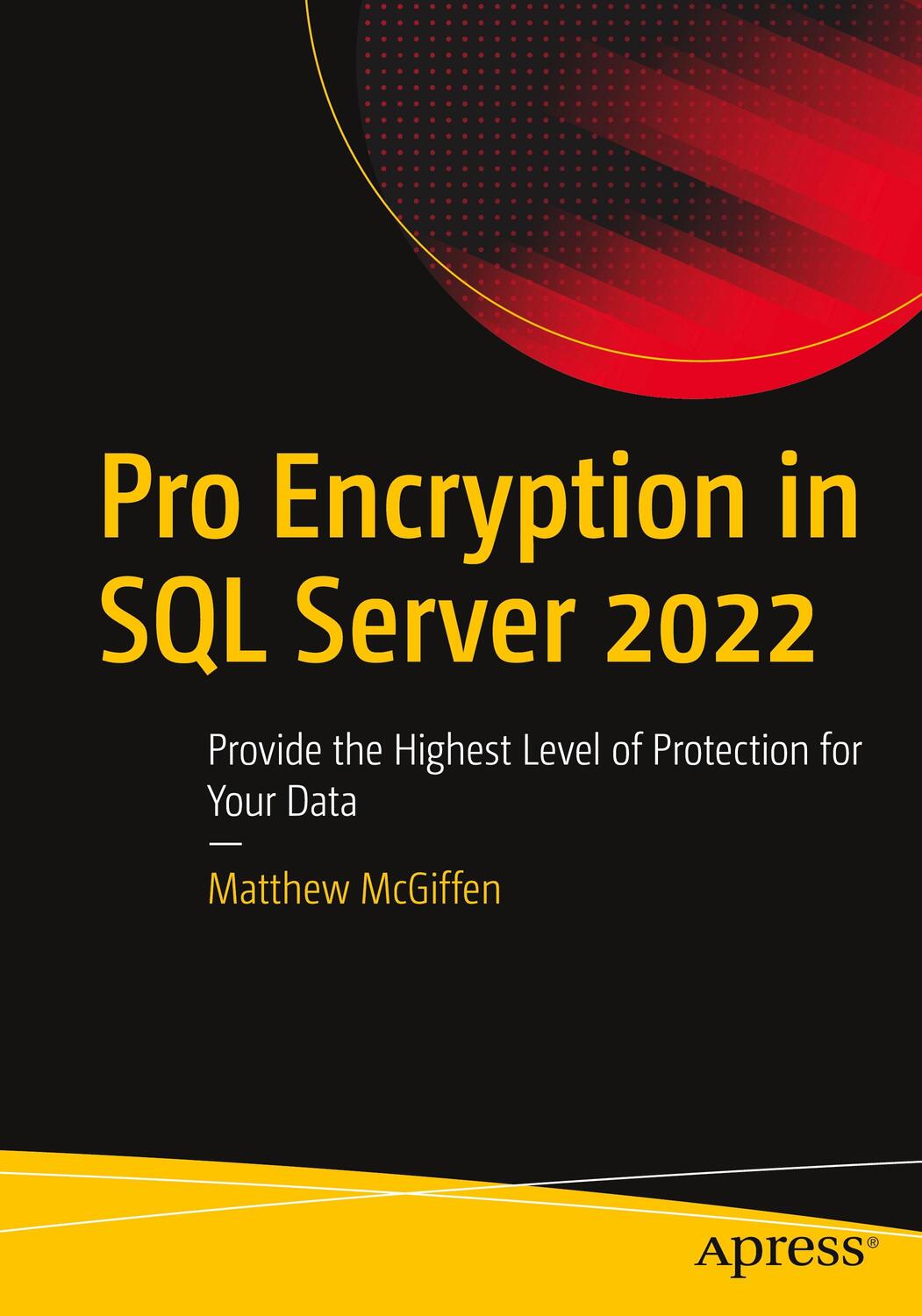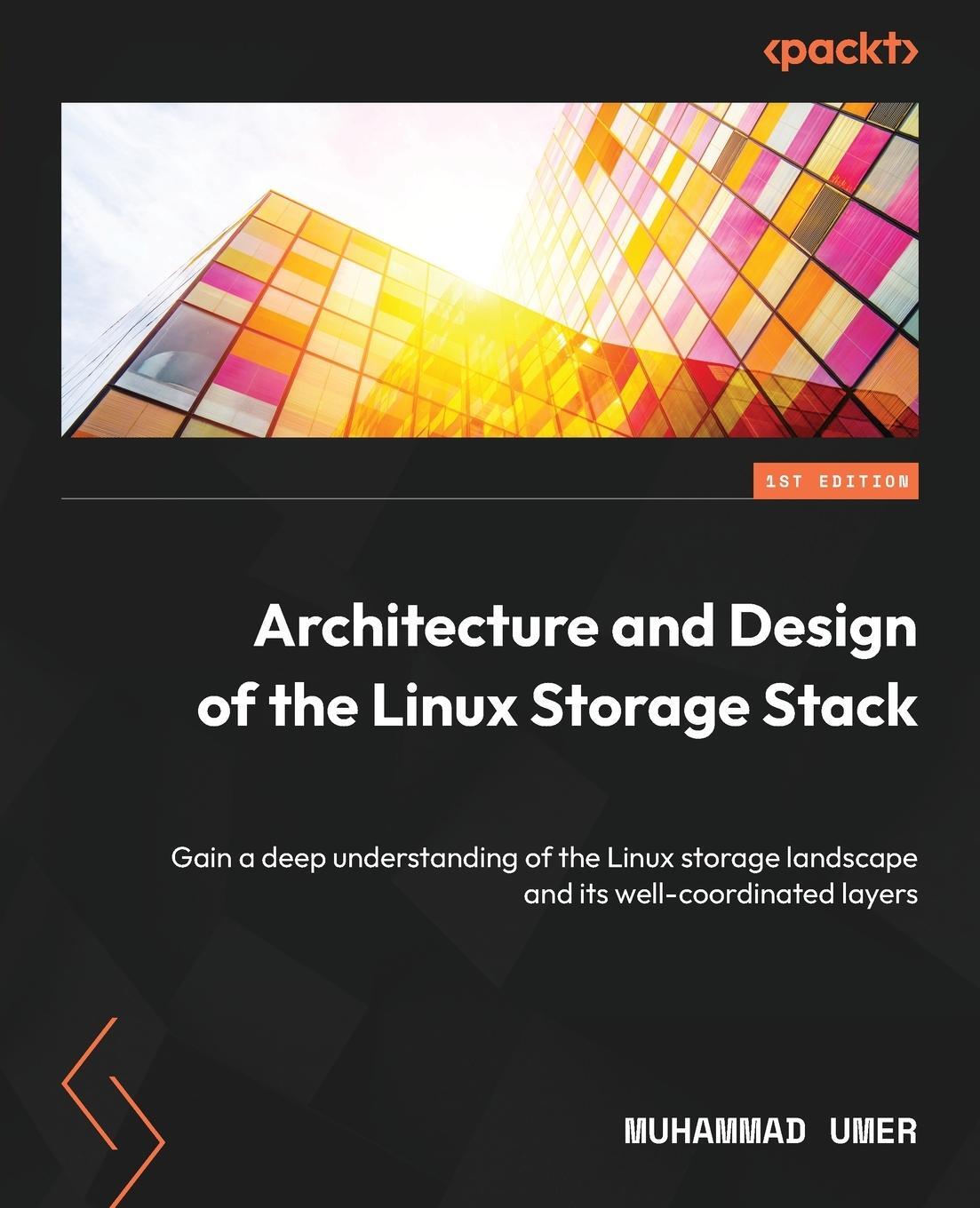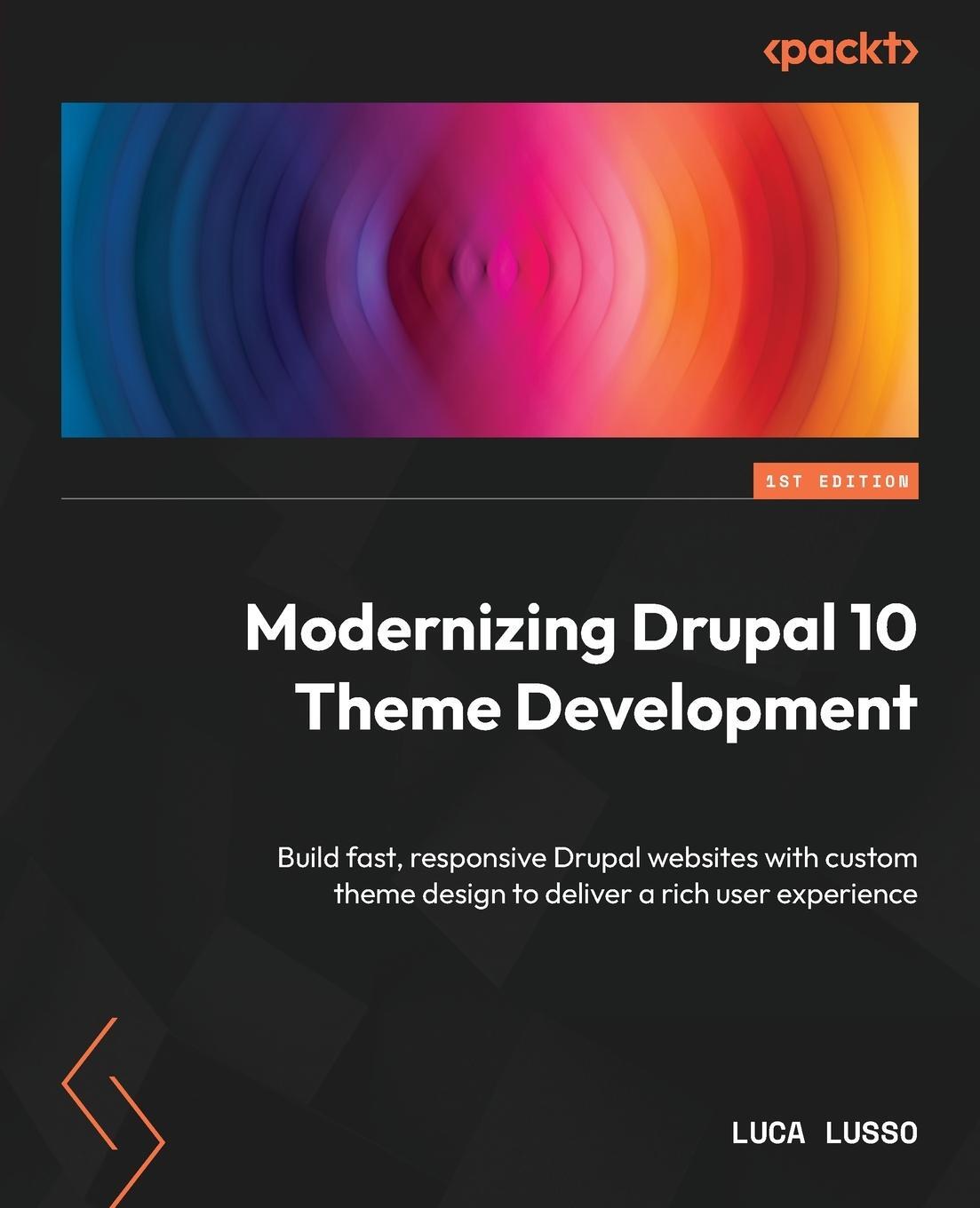Dekorationsartikel gehören nicht zum Leistungsumfang.
Sprache:
Englisch
48,95 €*
Versandkostenfrei per Post / DHL
Lieferzeit 4-7 Werktage
Kategorien:
Beschreibung
Postfix is a Mail Transfer Agent (MTA): software that mail servers use to route email. Postfix is highly respected by experts for its secure design and tremendous reliability. And new users like it
because it's so simple to configure. In fact, Postfix has been adopted as the default MTA on Mac OS X. It is also compatible with sendmail, so that existing scripts and programs continue to work seamlessly after it is
installed.
Postfix was written by well-known security expert Wietse Venema, who reviewed this book intensively during its entire development. Author Kyle Dent covers a wide range of Postfix tasks, from
virtual hosting to controls for unsolicited commercial email.
While basic configuration of Postfix is easy, every site has unique needs that call for a certain amount of study. This book, with careful
background explanations and generous examples, eases readers from the basic configuration to the full power of Postfix. It discusses the Postfix interfaces to various tools that round out a fully scalable and highly secure
email system. These tools include POP, IMAP, LDAP, MySQL, Simple Authentication and Security Layer (SASL), and Transport Layer Security (TLS, an upgrade of SSL). A reference section for Postfix configuration parameters and an
installation guide are included.
Topics include:Basic installation and configuration
DNS configuration for email
Working with POP/IMAP
servers
Hosting multiple domains (virtual hosting)
Mailing lists
Handling unsolicited email (spam blocking)
Security through SASL and TLS
From compiling and installing Postfix to troubleshooting, Postfix: The Definitive Guide offers system administrators and anyone who deals with Postfix an all-in-one, comprehensive
tutorial and reference to this MTA.
because it's so simple to configure. In fact, Postfix has been adopted as the default MTA on Mac OS X. It is also compatible with sendmail, so that existing scripts and programs continue to work seamlessly after it is
installed.
Postfix was written by well-known security expert Wietse Venema, who reviewed this book intensively during its entire development. Author Kyle Dent covers a wide range of Postfix tasks, from
virtual hosting to controls for unsolicited commercial email.
While basic configuration of Postfix is easy, every site has unique needs that call for a certain amount of study. This book, with careful
background explanations and generous examples, eases readers from the basic configuration to the full power of Postfix. It discusses the Postfix interfaces to various tools that round out a fully scalable and highly secure
email system. These tools include POP, IMAP, LDAP, MySQL, Simple Authentication and Security Layer (SASL), and Transport Layer Security (TLS, an upgrade of SSL). A reference section for Postfix configuration parameters and an
installation guide are included.
Topics include:Basic installation and configuration
DNS configuration for email
Working with POP/IMAP
servers
Hosting multiple domains (virtual hosting)
Mailing lists
Handling unsolicited email (spam blocking)
Security through SASL and TLS
From compiling and installing Postfix to troubleshooting, Postfix: The Definitive Guide offers system administrators and anyone who deals with Postfix an all-in-one, comprehensive
tutorial and reference to this MTA.
Postfix is a Mail Transfer Agent (MTA): software that mail servers use to route email. Postfix is highly respected by experts for its secure design and tremendous reliability. And new users like it
because it's so simple to configure. In fact, Postfix has been adopted as the default MTA on Mac OS X. It is also compatible with sendmail, so that existing scripts and programs continue to work seamlessly after it is
installed.
Postfix was written by well-known security expert Wietse Venema, who reviewed this book intensively during its entire development. Author Kyle Dent covers a wide range of Postfix tasks, from
virtual hosting to controls for unsolicited commercial email.
While basic configuration of Postfix is easy, every site has unique needs that call for a certain amount of study. This book, with careful
background explanations and generous examples, eases readers from the basic configuration to the full power of Postfix. It discusses the Postfix interfaces to various tools that round out a fully scalable and highly secure
email system. These tools include POP, IMAP, LDAP, MySQL, Simple Authentication and Security Layer (SASL), and Transport Layer Security (TLS, an upgrade of SSL). A reference section for Postfix configuration parameters and an
installation guide are included.
Topics include:Basic installation and configuration
DNS configuration for email
Working with POP/IMAP
servers
Hosting multiple domains (virtual hosting)
Mailing lists
Handling unsolicited email (spam blocking)
Security through SASL and TLS
From compiling and installing Postfix to troubleshooting, Postfix: The Definitive Guide offers system administrators and anyone who deals with Postfix an all-in-one, comprehensive
tutorial and reference to this MTA.
because it's so simple to configure. In fact, Postfix has been adopted as the default MTA on Mac OS X. It is also compatible with sendmail, so that existing scripts and programs continue to work seamlessly after it is
installed.
Postfix was written by well-known security expert Wietse Venema, who reviewed this book intensively during its entire development. Author Kyle Dent covers a wide range of Postfix tasks, from
virtual hosting to controls for unsolicited commercial email.
While basic configuration of Postfix is easy, every site has unique needs that call for a certain amount of study. This book, with careful
background explanations and generous examples, eases readers from the basic configuration to the full power of Postfix. It discusses the Postfix interfaces to various tools that round out a fully scalable and highly secure
email system. These tools include POP, IMAP, LDAP, MySQL, Simple Authentication and Security Layer (SASL), and Transport Layer Security (TLS, an upgrade of SSL). A reference section for Postfix configuration parameters and an
installation guide are included.
Topics include:Basic installation and configuration
DNS configuration for email
Working with POP/IMAP
servers
Hosting multiple domains (virtual hosting)
Mailing lists
Handling unsolicited email (spam blocking)
Security through SASL and TLS
From compiling and installing Postfix to troubleshooting, Postfix: The Definitive Guide offers system administrators and anyone who deals with Postfix an all-in-one, comprehensive
tutorial and reference to this MTA.
Über den Autor
Kyle D. Dent works as an independent consultant and software developer in the New York metropolitan area. He has designed and implemented various security, network, and web-based applications for technology and financial firms. He has been working with Postfix in various settings since it was released by IBM in 1998. Kyle grew up with computers in an IBM family, but originally started working in publishing and as a teacher of English as a Second Language. He is an avid supporter of public libraries serving as a trustee at his local library and on his regional library system board. He has recently started to learn the classical guitar.
Inhaltsverzeichnis
Foreword;
Preface;
Audience;
Organization;
Conventions Used in This Book;
Comments and Questions;
Acknowledgments;
Chapter 1: Introduction;
1.1 Postfix Origins and Philosophy;
1.2 Email and the Internet;
1.3 The Role of Postfix;
1.4 Postfix Security;
1.5 Additional Information and How to Obtain Postfix;
Chapter 2: Prerequisites;
2.1 Unix Topics;
2.2 Email Topics;
Chapter 3: Postfix Architecture;
3.1 Postfix Components;
3.2 How Messages Enter the Postfix System;
3.3 The Postfix Queue;
3.4 Mail Delivery;
3.5 Tracing a Message Through Postfix;
Chapter 4: General Configuration and Administration;
4.1 Starting Postfix the First Time;
4.2 Configuration Files;
4.3 Important Configuration Considerations;
4.4 Administration;
4.5 master.cf;
4.6 Receiving Limits;
4.7 Rewriting Addresses;
4.8 chroot;
4.9 Documentation;
Chapter 5: Queue Management;
5.1 How qmgr Works;
5.2 Queue Tools;
Chapter 6: Email and DNS;
6.1 DNS Overview;
6.2 Email Routing;
6.3 Postfix and DNS;
6.4 Common Problems;
Chapter 7: Local Delivery and POP/IMAP;
7.1 Postfix Delivery Transports;
7.2 Message Store Formats;
7.3 Local Delivery;
7.4 POP and IMAP;
7.5 Local Mail Transfer Protocol;
Chapter 8: Hosting Multiple Domains;
8.1 Shared Domains with System Accounts;
8.2 Separate Domains with System Accounts;
8.3 Separate Domains with Virtual Accounts;
8.4 Separate Message Store;
8.5 Delivery to Commands;
Chapter 9: Mail Relaying;
9.1 Backup MX;
9.2 Transport Maps;
9.3 Inbound Mail Gateway;
9.4 Outbound Mail Relay;
9.5 UUCP, Fax, and Other Deliveries;
Chapter 10: Mailing Lists;
10.1 Simple Mailing Lists;
10.2 Mailing-List Managers;
Chapter 11: Blocking Unsolicited Bulk Email;
11.1 The Nature of Spam;
11.2 The Problem of Spam;
11.3 Open Relays;
11.4 Spam Detection;
11.5 Anti-Spam Actions;
11.6 Postfix Configuration;
11.7 Client-Detection Rules;
11.8 Strict Syntax Parameters;
11.9 Content-Checking;
11.10 Customized Restriction Classes;
11.11 Postfix Anti-Spam Example;
Chapter 12: SASL Authentication;
12.1 SASL Overview;
12.2 Postfix and SASL;
12.3 Configuring Postfix for SASL;
12.4 Testing Your Authentication Configuration;
12.5 SMTP Client Authentication;
Chapter 13: Transport Layer Security;
13.1 Postfix and TLS;
13.2 TLS Certificates;
Chapter 14: Content Filtering;
14.1 Command-Based Filtering;
14.2 Daemon-Based Filtering;
14.3 Other Considerations;
Chapter 15: External Databases;
15.1 MySQL;
15.2 LDAP;
Appendix A: Configuration Parameters;
A.1 Postfix Parameter Reference;
Appendix B: Postfix Commands;
Appendix C: Compiling and Installing Postfix;
C.1 Obtaining Postfix;
C.2 Postfix Compiling Primer;
C.3 Building Postfix;
C.4 Installation;
C.5 Compiling Add-on Packages;
C.6 Common Problems;
C.7 Wrapping Things Up;
Appendix D: Frequently Asked Questions;
Colophon;
Preface;
Audience;
Organization;
Conventions Used in This Book;
Comments and Questions;
Acknowledgments;
Chapter 1: Introduction;
1.1 Postfix Origins and Philosophy;
1.2 Email and the Internet;
1.3 The Role of Postfix;
1.4 Postfix Security;
1.5 Additional Information and How to Obtain Postfix;
Chapter 2: Prerequisites;
2.1 Unix Topics;
2.2 Email Topics;
Chapter 3: Postfix Architecture;
3.1 Postfix Components;
3.2 How Messages Enter the Postfix System;
3.3 The Postfix Queue;
3.4 Mail Delivery;
3.5 Tracing a Message Through Postfix;
Chapter 4: General Configuration and Administration;
4.1 Starting Postfix the First Time;
4.2 Configuration Files;
4.3 Important Configuration Considerations;
4.4 Administration;
4.5 master.cf;
4.6 Receiving Limits;
4.7 Rewriting Addresses;
4.8 chroot;
4.9 Documentation;
Chapter 5: Queue Management;
5.1 How qmgr Works;
5.2 Queue Tools;
Chapter 6: Email and DNS;
6.1 DNS Overview;
6.2 Email Routing;
6.3 Postfix and DNS;
6.4 Common Problems;
Chapter 7: Local Delivery and POP/IMAP;
7.1 Postfix Delivery Transports;
7.2 Message Store Formats;
7.3 Local Delivery;
7.4 POP and IMAP;
7.5 Local Mail Transfer Protocol;
Chapter 8: Hosting Multiple Domains;
8.1 Shared Domains with System Accounts;
8.2 Separate Domains with System Accounts;
8.3 Separate Domains with Virtual Accounts;
8.4 Separate Message Store;
8.5 Delivery to Commands;
Chapter 9: Mail Relaying;
9.1 Backup MX;
9.2 Transport Maps;
9.3 Inbound Mail Gateway;
9.4 Outbound Mail Relay;
9.5 UUCP, Fax, and Other Deliveries;
Chapter 10: Mailing Lists;
10.1 Simple Mailing Lists;
10.2 Mailing-List Managers;
Chapter 11: Blocking Unsolicited Bulk Email;
11.1 The Nature of Spam;
11.2 The Problem of Spam;
11.3 Open Relays;
11.4 Spam Detection;
11.5 Anti-Spam Actions;
11.6 Postfix Configuration;
11.7 Client-Detection Rules;
11.8 Strict Syntax Parameters;
11.9 Content-Checking;
11.10 Customized Restriction Classes;
11.11 Postfix Anti-Spam Example;
Chapter 12: SASL Authentication;
12.1 SASL Overview;
12.2 Postfix and SASL;
12.3 Configuring Postfix for SASL;
12.4 Testing Your Authentication Configuration;
12.5 SMTP Client Authentication;
Chapter 13: Transport Layer Security;
13.1 Postfix and TLS;
13.2 TLS Certificates;
Chapter 14: Content Filtering;
14.1 Command-Based Filtering;
14.2 Daemon-Based Filtering;
14.3 Other Considerations;
Chapter 15: External Databases;
15.1 MySQL;
15.2 LDAP;
Appendix A: Configuration Parameters;
A.1 Postfix Parameter Reference;
Appendix B: Postfix Commands;
Appendix C: Compiling and Installing Postfix;
C.1 Obtaining Postfix;
C.2 Postfix Compiling Primer;
C.3 Building Postfix;
C.4 Installation;
C.5 Compiling Add-on Packages;
C.6 Common Problems;
C.7 Wrapping Things Up;
Appendix D: Frequently Asked Questions;
Colophon;
Details
| Erscheinungsjahr: | 2003 |
|---|---|
| Fachbereich: | Datenkommunikation, Netze & Mailboxen |
| Genre: | Informatik |
| Rubrik: | Naturwissenschaften & Technik |
| Medium: | Taschenbuch |
| Seiten: | 280 |
| ISBN-13: | 9780596002121 |
| ISBN-10: | 0596002122 |
| Sprache: | Englisch |
| Ausstattung / Beilage: | Paperback |
| Einband: | Kartoniert / Broschiert |
| Autor: | Kyle D. Dent |
| Hersteller: |
O'Reilly Media
O'Reilly Media, Inc. |
| Maße: | 233 x 178 x 16 mm |
| Von/Mit: | Kyle D. Dent |
| Erscheinungsdatum: | 18.12.2003 |
| Gewicht: | 0,488 kg |
Über den Autor
Kyle D. Dent works as an independent consultant and software developer in the New York metropolitan area. He has designed and implemented various security, network, and web-based applications for technology and financial firms. He has been working with Postfix in various settings since it was released by IBM in 1998. Kyle grew up with computers in an IBM family, but originally started working in publishing and as a teacher of English as a Second Language. He is an avid supporter of public libraries serving as a trustee at his local library and on his regional library system board. He has recently started to learn the classical guitar.
Inhaltsverzeichnis
Foreword;
Preface;
Audience;
Organization;
Conventions Used in This Book;
Comments and Questions;
Acknowledgments;
Chapter 1: Introduction;
1.1 Postfix Origins and Philosophy;
1.2 Email and the Internet;
1.3 The Role of Postfix;
1.4 Postfix Security;
1.5 Additional Information and How to Obtain Postfix;
Chapter 2: Prerequisites;
2.1 Unix Topics;
2.2 Email Topics;
Chapter 3: Postfix Architecture;
3.1 Postfix Components;
3.2 How Messages Enter the Postfix System;
3.3 The Postfix Queue;
3.4 Mail Delivery;
3.5 Tracing a Message Through Postfix;
Chapter 4: General Configuration and Administration;
4.1 Starting Postfix the First Time;
4.2 Configuration Files;
4.3 Important Configuration Considerations;
4.4 Administration;
4.5 master.cf;
4.6 Receiving Limits;
4.7 Rewriting Addresses;
4.8 chroot;
4.9 Documentation;
Chapter 5: Queue Management;
5.1 How qmgr Works;
5.2 Queue Tools;
Chapter 6: Email and DNS;
6.1 DNS Overview;
6.2 Email Routing;
6.3 Postfix and DNS;
6.4 Common Problems;
Chapter 7: Local Delivery and POP/IMAP;
7.1 Postfix Delivery Transports;
7.2 Message Store Formats;
7.3 Local Delivery;
7.4 POP and IMAP;
7.5 Local Mail Transfer Protocol;
Chapter 8: Hosting Multiple Domains;
8.1 Shared Domains with System Accounts;
8.2 Separate Domains with System Accounts;
8.3 Separate Domains with Virtual Accounts;
8.4 Separate Message Store;
8.5 Delivery to Commands;
Chapter 9: Mail Relaying;
9.1 Backup MX;
9.2 Transport Maps;
9.3 Inbound Mail Gateway;
9.4 Outbound Mail Relay;
9.5 UUCP, Fax, and Other Deliveries;
Chapter 10: Mailing Lists;
10.1 Simple Mailing Lists;
10.2 Mailing-List Managers;
Chapter 11: Blocking Unsolicited Bulk Email;
11.1 The Nature of Spam;
11.2 The Problem of Spam;
11.3 Open Relays;
11.4 Spam Detection;
11.5 Anti-Spam Actions;
11.6 Postfix Configuration;
11.7 Client-Detection Rules;
11.8 Strict Syntax Parameters;
11.9 Content-Checking;
11.10 Customized Restriction Classes;
11.11 Postfix Anti-Spam Example;
Chapter 12: SASL Authentication;
12.1 SASL Overview;
12.2 Postfix and SASL;
12.3 Configuring Postfix for SASL;
12.4 Testing Your Authentication Configuration;
12.5 SMTP Client Authentication;
Chapter 13: Transport Layer Security;
13.1 Postfix and TLS;
13.2 TLS Certificates;
Chapter 14: Content Filtering;
14.1 Command-Based Filtering;
14.2 Daemon-Based Filtering;
14.3 Other Considerations;
Chapter 15: External Databases;
15.1 MySQL;
15.2 LDAP;
Appendix A: Configuration Parameters;
A.1 Postfix Parameter Reference;
Appendix B: Postfix Commands;
Appendix C: Compiling and Installing Postfix;
C.1 Obtaining Postfix;
C.2 Postfix Compiling Primer;
C.3 Building Postfix;
C.4 Installation;
C.5 Compiling Add-on Packages;
C.6 Common Problems;
C.7 Wrapping Things Up;
Appendix D: Frequently Asked Questions;
Colophon;
Preface;
Audience;
Organization;
Conventions Used in This Book;
Comments and Questions;
Acknowledgments;
Chapter 1: Introduction;
1.1 Postfix Origins and Philosophy;
1.2 Email and the Internet;
1.3 The Role of Postfix;
1.4 Postfix Security;
1.5 Additional Information and How to Obtain Postfix;
Chapter 2: Prerequisites;
2.1 Unix Topics;
2.2 Email Topics;
Chapter 3: Postfix Architecture;
3.1 Postfix Components;
3.2 How Messages Enter the Postfix System;
3.3 The Postfix Queue;
3.4 Mail Delivery;
3.5 Tracing a Message Through Postfix;
Chapter 4: General Configuration and Administration;
4.1 Starting Postfix the First Time;
4.2 Configuration Files;
4.3 Important Configuration Considerations;
4.4 Administration;
4.5 master.cf;
4.6 Receiving Limits;
4.7 Rewriting Addresses;
4.8 chroot;
4.9 Documentation;
Chapter 5: Queue Management;
5.1 How qmgr Works;
5.2 Queue Tools;
Chapter 6: Email and DNS;
6.1 DNS Overview;
6.2 Email Routing;
6.3 Postfix and DNS;
6.4 Common Problems;
Chapter 7: Local Delivery and POP/IMAP;
7.1 Postfix Delivery Transports;
7.2 Message Store Formats;
7.3 Local Delivery;
7.4 POP and IMAP;
7.5 Local Mail Transfer Protocol;
Chapter 8: Hosting Multiple Domains;
8.1 Shared Domains with System Accounts;
8.2 Separate Domains with System Accounts;
8.3 Separate Domains with Virtual Accounts;
8.4 Separate Message Store;
8.5 Delivery to Commands;
Chapter 9: Mail Relaying;
9.1 Backup MX;
9.2 Transport Maps;
9.3 Inbound Mail Gateway;
9.4 Outbound Mail Relay;
9.5 UUCP, Fax, and Other Deliveries;
Chapter 10: Mailing Lists;
10.1 Simple Mailing Lists;
10.2 Mailing-List Managers;
Chapter 11: Blocking Unsolicited Bulk Email;
11.1 The Nature of Spam;
11.2 The Problem of Spam;
11.3 Open Relays;
11.4 Spam Detection;
11.5 Anti-Spam Actions;
11.6 Postfix Configuration;
11.7 Client-Detection Rules;
11.8 Strict Syntax Parameters;
11.9 Content-Checking;
11.10 Customized Restriction Classes;
11.11 Postfix Anti-Spam Example;
Chapter 12: SASL Authentication;
12.1 SASL Overview;
12.2 Postfix and SASL;
12.3 Configuring Postfix for SASL;
12.4 Testing Your Authentication Configuration;
12.5 SMTP Client Authentication;
Chapter 13: Transport Layer Security;
13.1 Postfix and TLS;
13.2 TLS Certificates;
Chapter 14: Content Filtering;
14.1 Command-Based Filtering;
14.2 Daemon-Based Filtering;
14.3 Other Considerations;
Chapter 15: External Databases;
15.1 MySQL;
15.2 LDAP;
Appendix A: Configuration Parameters;
A.1 Postfix Parameter Reference;
Appendix B: Postfix Commands;
Appendix C: Compiling and Installing Postfix;
C.1 Obtaining Postfix;
C.2 Postfix Compiling Primer;
C.3 Building Postfix;
C.4 Installation;
C.5 Compiling Add-on Packages;
C.6 Common Problems;
C.7 Wrapping Things Up;
Appendix D: Frequently Asked Questions;
Colophon;
Details
| Erscheinungsjahr: | 2003 |
|---|---|
| Fachbereich: | Datenkommunikation, Netze & Mailboxen |
| Genre: | Informatik |
| Rubrik: | Naturwissenschaften & Technik |
| Medium: | Taschenbuch |
| Seiten: | 280 |
| ISBN-13: | 9780596002121 |
| ISBN-10: | 0596002122 |
| Sprache: | Englisch |
| Ausstattung / Beilage: | Paperback |
| Einband: | Kartoniert / Broschiert |
| Autor: | Kyle D. Dent |
| Hersteller: |
O'Reilly Media
O'Reilly Media, Inc. |
| Maße: | 233 x 178 x 16 mm |
| Von/Mit: | Kyle D. Dent |
| Erscheinungsdatum: | 18.12.2003 |
| Gewicht: | 0,488 kg |
Warnhinweis

